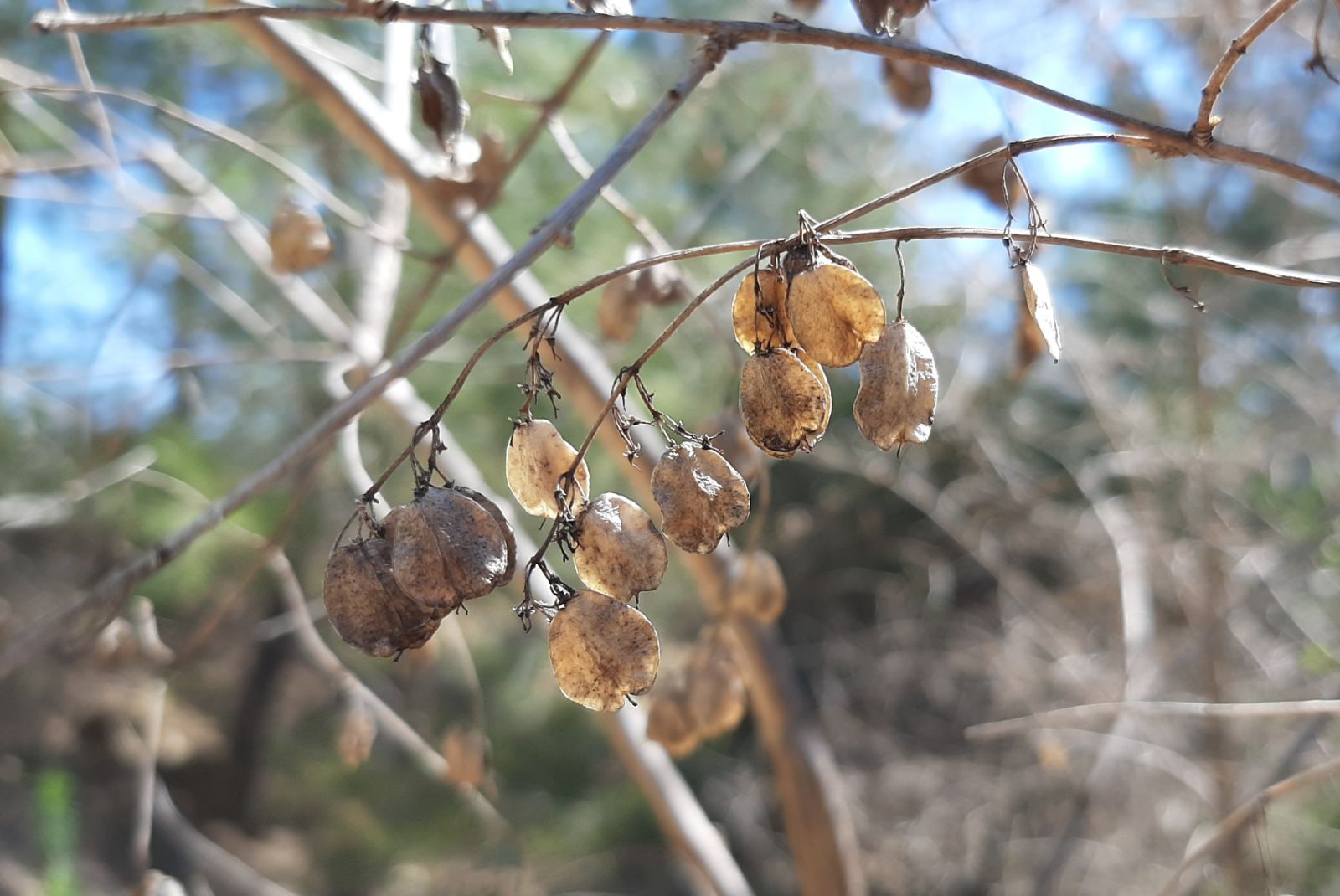Fontanesia phillyreoides
Credits
Article from Bean's Trees and Shrubs Hardy in the British Isles
Recommended citation
'Fontanesia phillyreoides' from the website Trees and Shrubs Online (treesandshrubsonline.
Genus
A privet-like, deciduous shrub up to 20 ft high, forming a great number of slender twigs, angular and glabrous when young. Leaves greyish green, ovate-lanceolate, oval, or oblong, 1⁄2 to 21⁄2 in. long, 1⁄4 to 5⁄8 in. wide, usually with a tapering point, entire, glabrous. Flowers about 1⁄8 in. long, greenish white, very numerous on terminal panicles 1⁄2 to 1 in. long, supplemented by smaller clusters in the leaf-axils, produced during June on leafy twigs. A prominent feature of the flower is the protruded stamens. Fruit a flat disk, roundish or oblong, 1⁄4 to 3⁄8 in. long, surrounded by a membranous wing.
Native of the Near East (Cilicia, Syria, etc.); introduced in 1787. This shrub retains its leaves long in the autumn. It is perfectly hardy and flowers copiously, and has about the same decorative value as the privet. It has been stated that the margins of the leaves in this species are rough to the touch and that this character helps to distinguish it from F. fortunei. But this character is dubious, and not apparent on most of the specimens in the Kew Herbarium.

